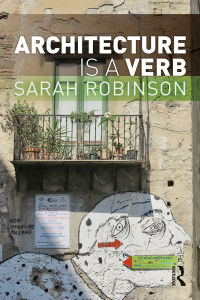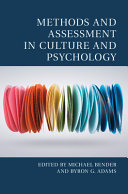Buy Architecture is a Verb 1st Edition PDF ebook by author Sarah Robinson – published by Routledge in 2021 and save up to 80% compared to the print version of this textbook. With PDF version of this textbook, not only save you money, you can also highlight, add text, underline add post-it notes, bookmarks to pages, instantly search for the major terms or chapter titles, etc.
You can search our site for other versions of the Architecture is a Verb 1st Edition PDF ebook. You can also search for others PDF ebooks from publisher Routledge, as well as from your favorite authors. We have thousands of online textbooks and course materials (mostly in PDF) that you can download immediately after purchase.
Note: e-textBooks do not come with access codes, CDs/DVDs, workbooks, and other supplemental items.
eBook Details:
Full title: Architecture is a Verb 1st Edition
Edition: 1st
Copyright year: 2021
Publisher: Routledge
Author: Sarah Robinson
ISBN: 9780367610371
Format: PDF
Description of Architecture is a Verb 1st Edition:
Architecture is a Verb outlines an approach that shifts the fundamental premises of architectural design and practice in several important ways. First, it acknowledges the centrality of the human organism as an active participant interdependent in its environment. Second, it understands human action in terms of radical embodiment–grounding the range of human activities traditionally attributed to mind and cognition: imagining, thinking, remembering–in the body. Third, it asks what a building does–that is, extends the performative functional interpretation of design to interrogate how buildings move and in turn move us, how they shape thought and action. Finally, it is committed to articulating concrete situations by developing a taxonomy of human/building interactions. Written in engaging prose for students of architecture, interiors and urban design, as well as practicing professionals, Sarah Robinson offers richly illustrated practical examples for a new generation of designers.





